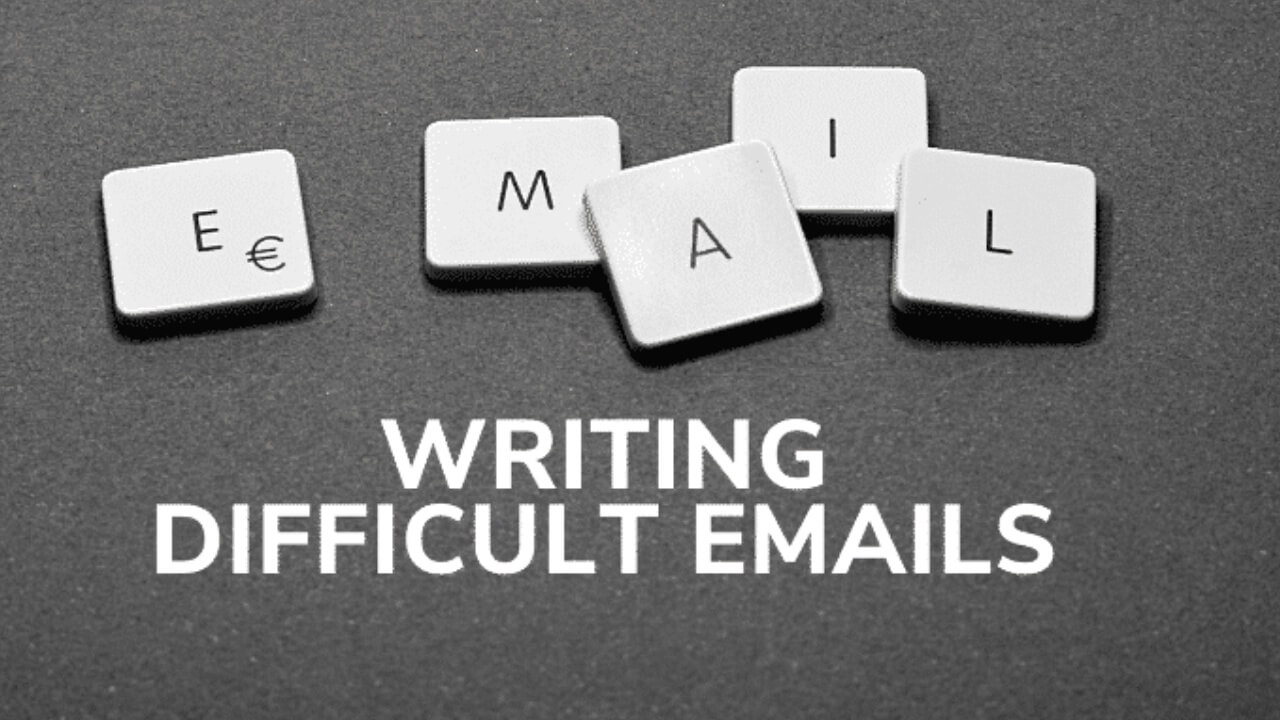

Business communications have historically relied heavily on email, yet studies show that 50% of emails and messages are misconstrued.
How can you prevent email misinterpretation? And how do you write emails that produce the desired outcomes? In this article and video, we’ll look at various tactics you may employ to make sure your emails are successful, efficient, and clear.
Around 80 emails are sent and received daily by the typical office worker. Individual messages can easily be forgotten with that amount of mail. Follow these straightforward guidelines to get your emails to read and respond to.
Subject lines should be simple
An effective subject line is required for every well-written professional email. Most of the time, you’re not using email to make a pitch, therefore you don’t need to craft a short or attention-grabbing subject line.
Begin with a formal salutation.
Always start an email with a formal salutation. A greeting is a simple thing to forget to include in a business email, especially in this day and age where texts and emails can be sent and received with ease.
It’s not necessary to make an elaborate greeting. It might be as easy as:
Dear,
Hello,
Best Regards,
Hello Everyone,
Respected,
Describe the reason for your email.
People don’t want to read lengthy emails or sift through reams of text to figure out what you were trying to say. At the outset of your email, state its aim. Give the reader a clear understanding of the subject of the email by going beyond what was said in the subject line.
Here are a few examples of subject lines for emails:
I’m writing regarding [Subject].
I’m writing to you to ask you about [topic].
This letter is to let you know that [topic].
Writing the main body of the text
Don’t use too much text to bore your reader. Recognize that your reader likely doesn’t have the time to read a lengthy email. Respect their time; if the email body is excessively lengthy, they may only skim or not read it at all.
Do not use slang in your emails, and keep them brief and to the point. By dividing material into paragraphs of two to three phrases, or by using bullet points where appropriate, you can make it easier for recipients to understand your emails.
Closing your email
You shouldn’t end your email with an unexceptional sentence. You should conclude with a clause that lays the groundwork for what comes next.
Here are some effective email closing examples:
I’m interested in talking to you more.
Please review the documents in the attachments and provide your feedback.
The majority of the time, an email will mark the start of communication rather than its conclusion.
End your email
Keep your closing remarks kind and succinct when concluding a business email. It’s best to keep your closing language brief and straightforward, just like the rest of your email.
A few of the most effective email closings are listed below:
Best wishes, many thanks, and kind regards.
Regards, best wishes, sincerely
Today, we will look at three common mistakes couples make in their relationships regarding intimacy…
In this article, we will learn about the simple ways that can help one overcome…
Check out the list of couples' biggest relationship mistakes in this article.
In this article, we will learn about anxiety and how one can handle it in…
In this article, you will understand the horrifying effects of child abuse.
Here, check out the ways to find peace amidst personal life chaos